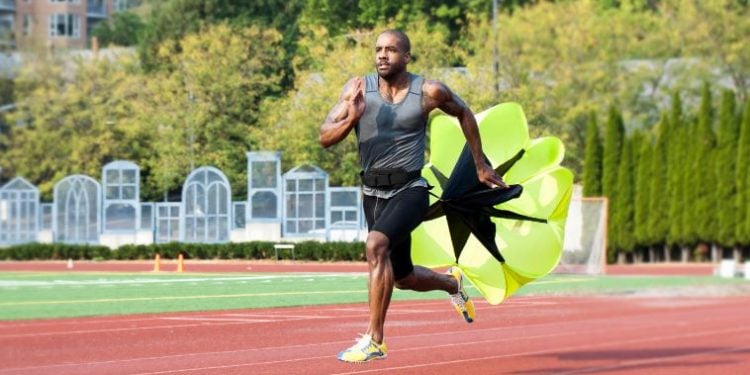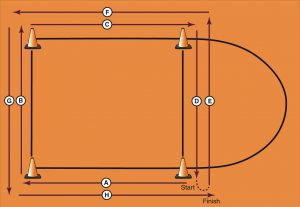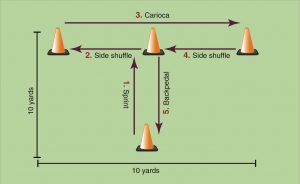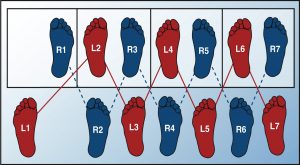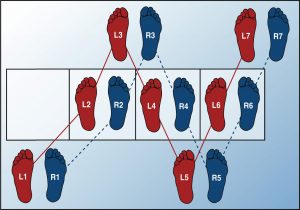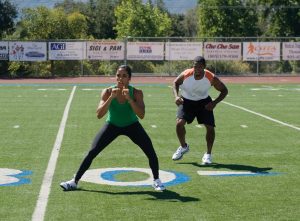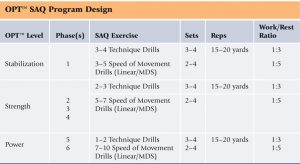For fitness professionals who work with athletes, understanding the specific developmental needs of a given athlete is crucial to enhancing their overall athletic capabilities. One of the major components for improving this is the development of speed, agility, and quickness (SAQ).
Speed - The rate of performance of an activity, such as a movement or action. More simply, how fast can you do something. In athletics, if you can do something faster than your opponent, you will be successful.
Agility - The ability to change direction or position of the body due to an outside stimulus without losing speed. Athletes need to be able to effectively respond to visual, auditory, and tactile cues in order to manipulate the body or an object. Adjusting the direction or position of the body with minimal to no reduction in overall speed of execution will provide an advantage to the athlete.
Quickness - The ability to execute a movement skill in a brief amount of time. Athletes who are better able to perform skills in a shorter amount of time will be provided an advantage over their counterparts during competition.
Developing SAQ is an imperative piece of the overall goals associated with performance enhancement. Therefore, it is important for the fitness professional to fully understand how to obtain appropriate SAQ adaptations for the athlete.
For information about NASM's Sports Performance Certification, click the link.
The first step in this process is applying specific SAQ assessments. Different sports will require different types of assessments. The fitness professional must be able to identify which ones will be appropriate for their athlete, and determine how to apply the results effectively for programming. A basketball player may benefit from a Pro Lane Agility Drill (Figure 1) while a linebacker in football may be better assessed with the T-Drill (Figure 2). These both assess the agility of the athlete, however the execution of these drills provides sport specific movement patterns that will provide deeper insight to the abilities of the athletes.
Once the assessments are complete and a full understanding of the sport requirements are put in place, programming for SAQ can begin. Athletes, overall, will be advanced in their body control and ability to move. While it is important to evaluate their ability to perform these exercises correctly, often times the athletes will be advanced enough to perform high level SAQ drills. Utilizing assisted and resisted drills for sprinting techniques through bands, sleds and parachutes will be one way to build speed. Advanced ladder drills such as the Ali crossover (Figure 3) or the W-weave (Figure 4) will become important for development of agility. Partner mirror drills is also a proven technique that the fitness professional can use to develop quickness for the athlete (Figure 5).
The fitness professional will also need to understand the implementation of the acute variables for the overall design of the SAQ program for the athlete. Each phase of the NASM Optimum Performance Training™ (OPT™) model focuses on different adaptations for the athlete, including SAQ training. The stabilization level will focus on the stability of the athlete and their ability to execute these movements properly. The Strength level has a focus of increased speed of execution and change of direction, while still performing predictable patterns of movement. The Power level will focus on the performance of game speeds while having drills that are low predictability (Figure 6).
Ultimately, SAQ programming for the athlete needs to be specific to the sport and position the athlete is playing while also looking at their overall goal development. The NASM-PES provides the information necessary to successfully develop an athlete and prepare them for the next level of competition.
Figures 1-6, Copyright © 2010 Wolters Kluwer Health | Lippincott Williams & Wilkins

